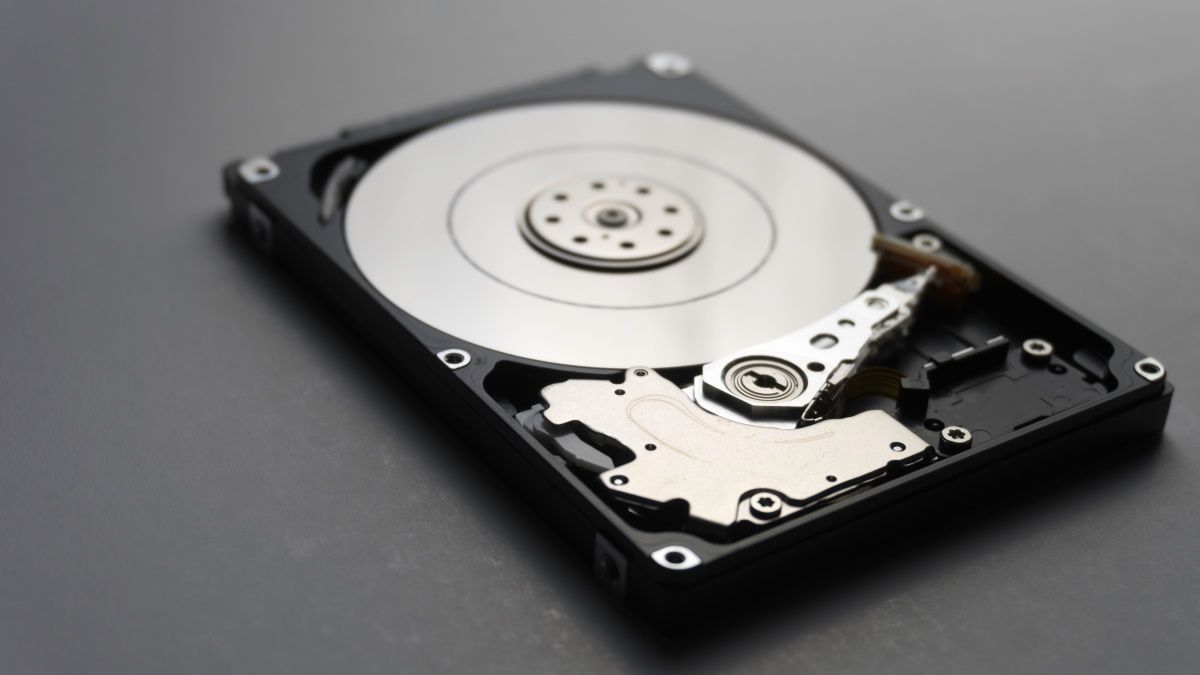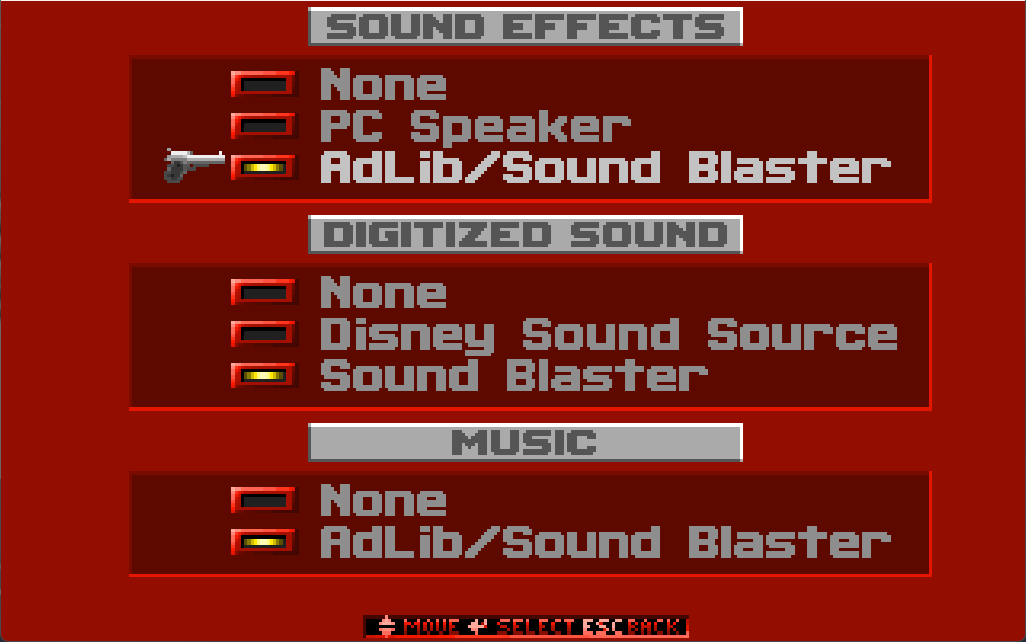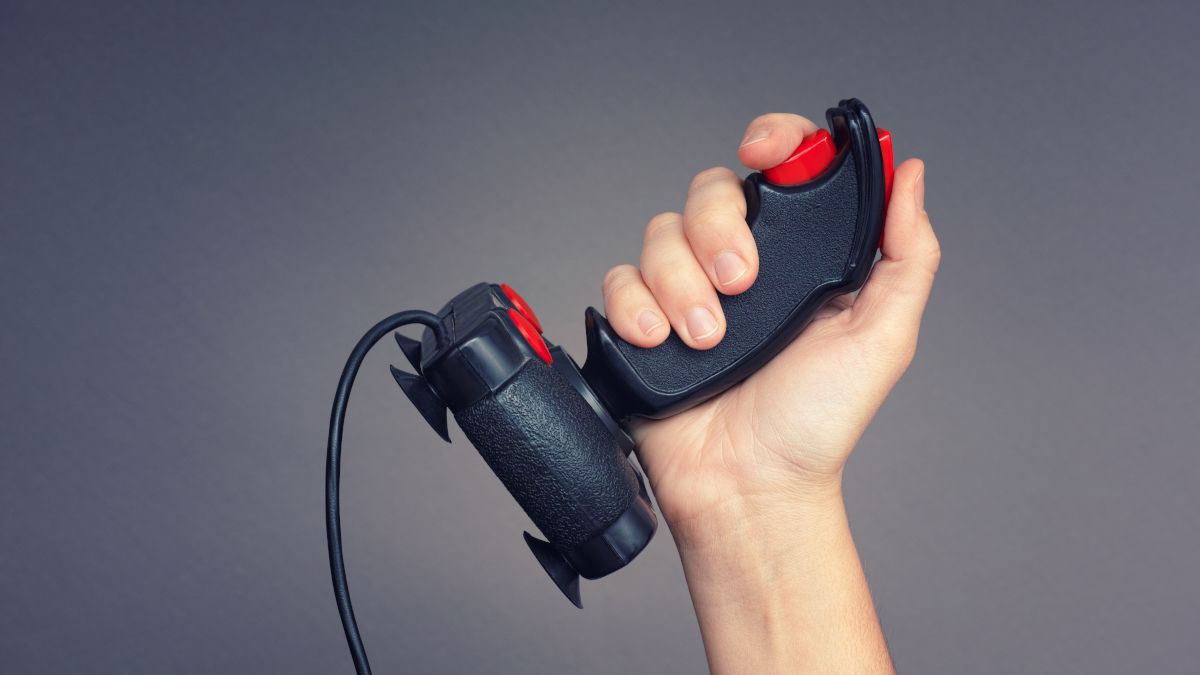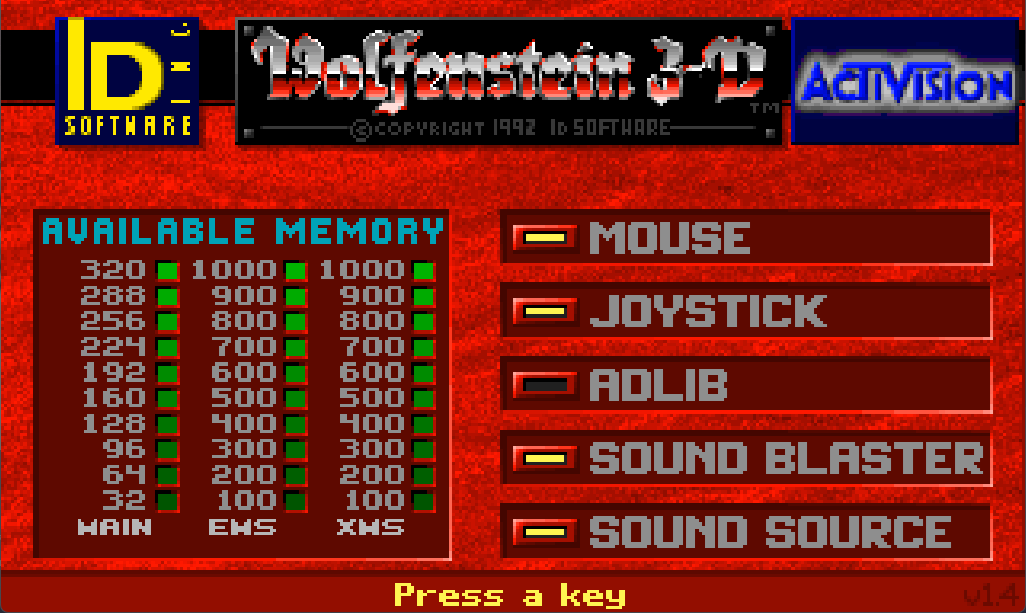Tech News
6 Wacky Things We Had to Do on Old PCs
Quick Links
I've been using computers since before they had hard drives, and over the last thirty odd years things have advanced at a breakneck speed. These days almost everything works as intended, but that has been very far from the reality for most of my personal computing history. Here's some of the weird stuff I used to do with my computers.
1 Parking the HDD
In the early days of hard drive technology, sudden power loss could lead to the read/write head of the drive destroying data, so you had to instruct the drive to move the head into a safe position before powering things off. In MS-DOS, you could do this using the PARK command, although by version 4.0 (if memory serves) this command wasn't part of the operating system anymore. With newer drives not as susceptible to bumps or sudden power loss, manual drive head parking wasn't necessary anymore. Although with multitasking operating systems such as Windows, you still had to perform a shutdown to ensure the drive wasn't reading or writing when you turned your PC off.
2 Minding Our IRQs and DMAs
Long before the idea of "plug and play" was a reality, if you had an expansion card like a sound card, you had to manually configure it for every game or application that wanted to use it. That is, if the software supported your brand and model of card in the first place! Two important settings were the Interrupt Request (IRQ) address and the DMA (Direct Memory Access) channel. The former was how the hardware got the attention of the CPU, and the second was how the card could access system memory without putting unnecessary load on the CPU.
Unfortunately, two devices could not have the same addresses for either of these or they'd have a conflict, and in the early days there was no way to auto-detect what the right numbers were. So you have to tell your app or game which DMA and IRQ to use, and hope you got it right. Also, if two cards were configured to use the same address, you'd have to open your computer and change one of them using physical jumpers or switches in some cases.
3 Swapping Floppies Mid-Game
The first time I had to install Windows 95, it came on (as far as I remember) something like 26 1.44MB floppy disks. What was really fun was if one of those floppies was bad! While installing Windows is an extreme example, it wasn't that uncommon for some games to come on multiple floppies.
As you progressed through the game, or went back and forth between different sections, you'd be asked to insert different disks with the correct data. Often, hard drives at the time would have been too small to install such "big games," so it was a necessary evil. No wonder the arrival of CD-ROM discs was such a revelation. You can fit several hundred floppy disks worth of data on just one optical disc.
4 Writing Bootup Config Files Manually
For someone like me who grew up on MS-DOS, the names "config.sys" and "autoexec.bat" are forever ingrained in my memory. These are the two files DOS checks to load programs at startup and to access drivers for things like printers, sound cards, and controllers. While eventually installation software would become smart enough to edit these files automatically, something would inevitably go wrong, and you'd be digging through them line by line to figure out where a single slash is facing the wrong way.
There's a good chance you don't even know that there's a controller calibration applet on Windows, because you've probably never needed to calibrate your controller or joystick unless it's showing noticeable drift.
Back in my DOS gaming days, we had a joystick (never a gamepad, sadly) and every time I started a game I would have to calibrate it first. There was no system level calibration, and there sure wasn't anything built into the hardware to keep things in check. So, at the start of your game, you'd have to push and pull the joystick as instructed, or it wouldn't work right. Are we having fun yet?
6 Battling With Conventional Memory
The first 640K (actually the first megabyte) of IBM-compatible PC memory is known as "conventional" memory, with extended memory being RAM above that first chunk. It's a long story, but no matter how much RAM you had, some older programs could only use conventional memory to run. So you had to figure out some way to free up enough conventional memory for that software to work, which felt ridiculous when you'd just spent a fortune adding an enormous 16MB of memory to your computer.
I wonder what things we do with our computers and other gadgets today we'll think were just as goofy as parking a hard drive one day. Thirty years from now, would we even recognize something as a computer? I don't know about you, but I hope I get to find out!
When you subscribe to the blog, we will send you an e-mail when there are new updates on the site so you wouldn't miss them.








Comments